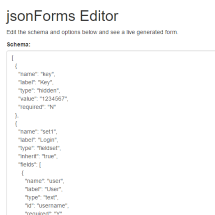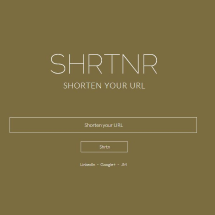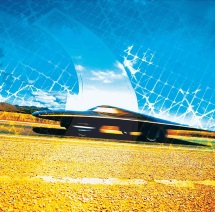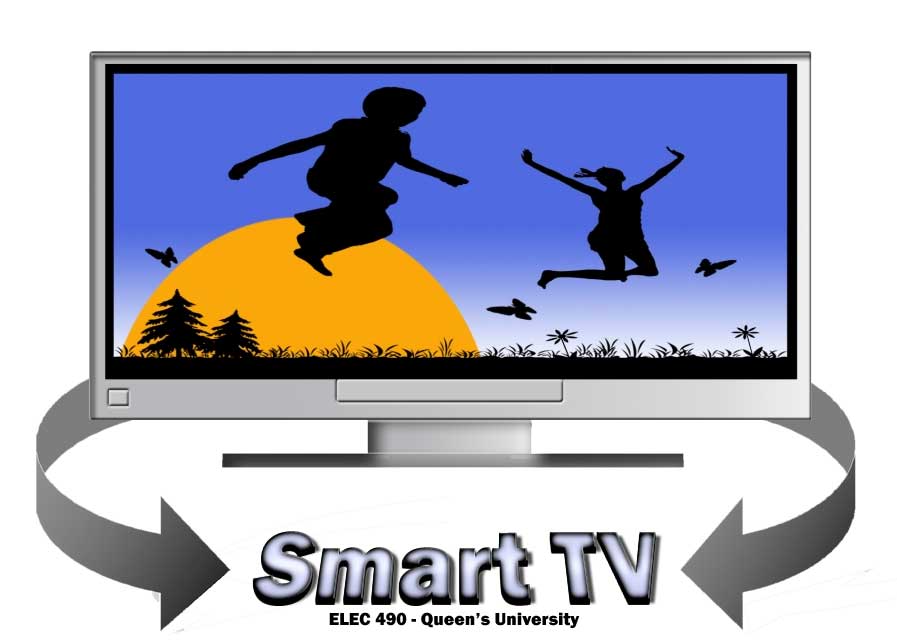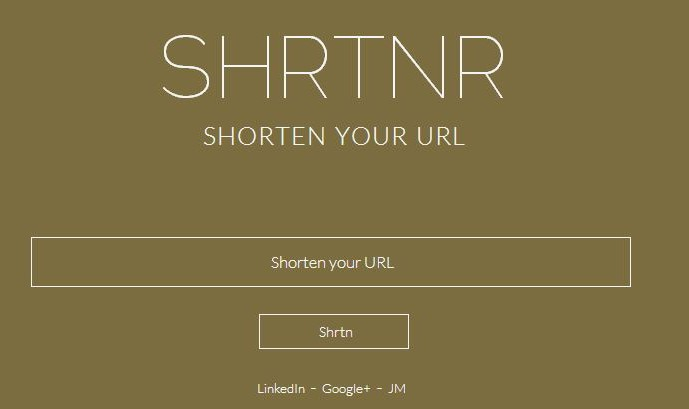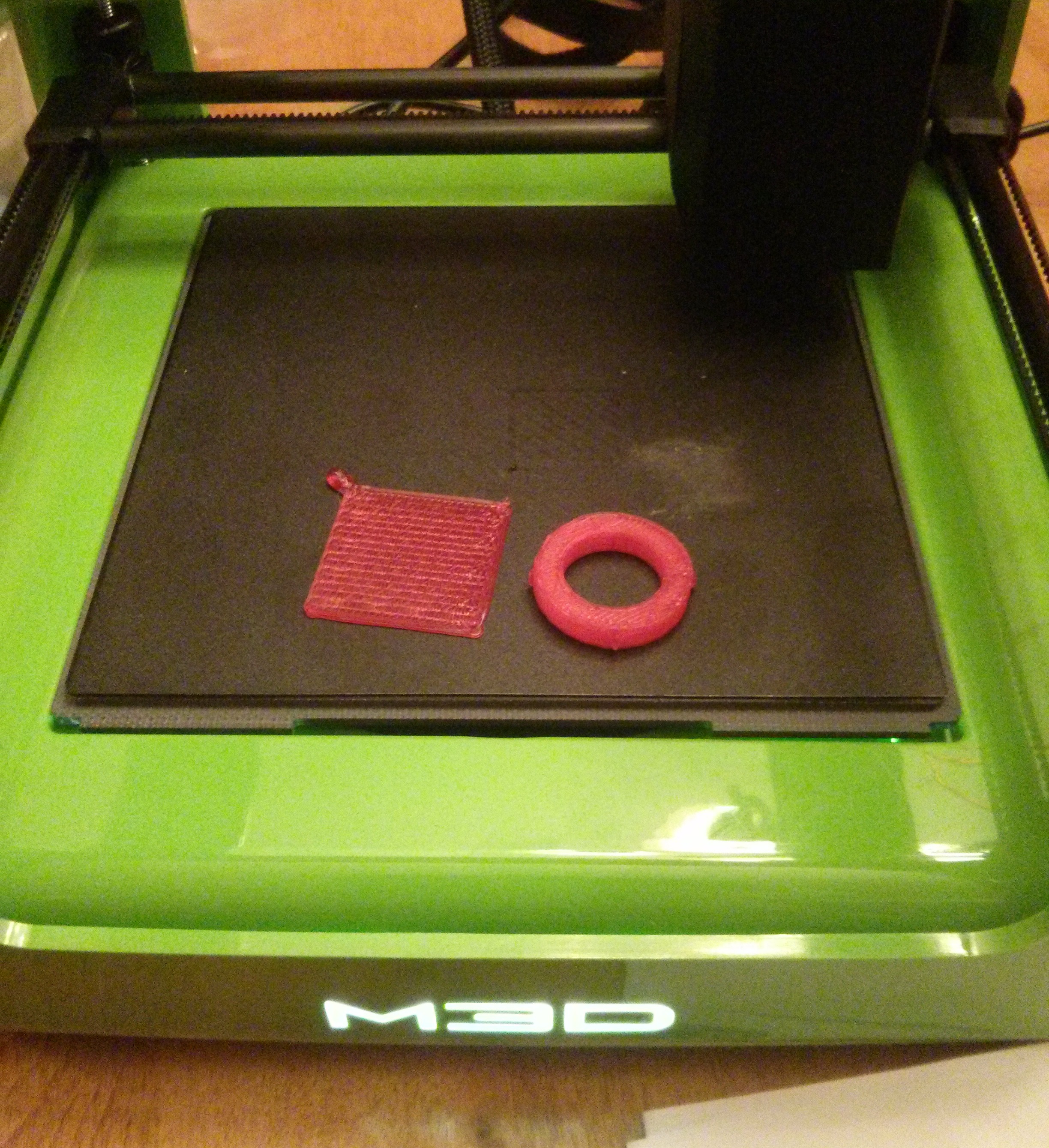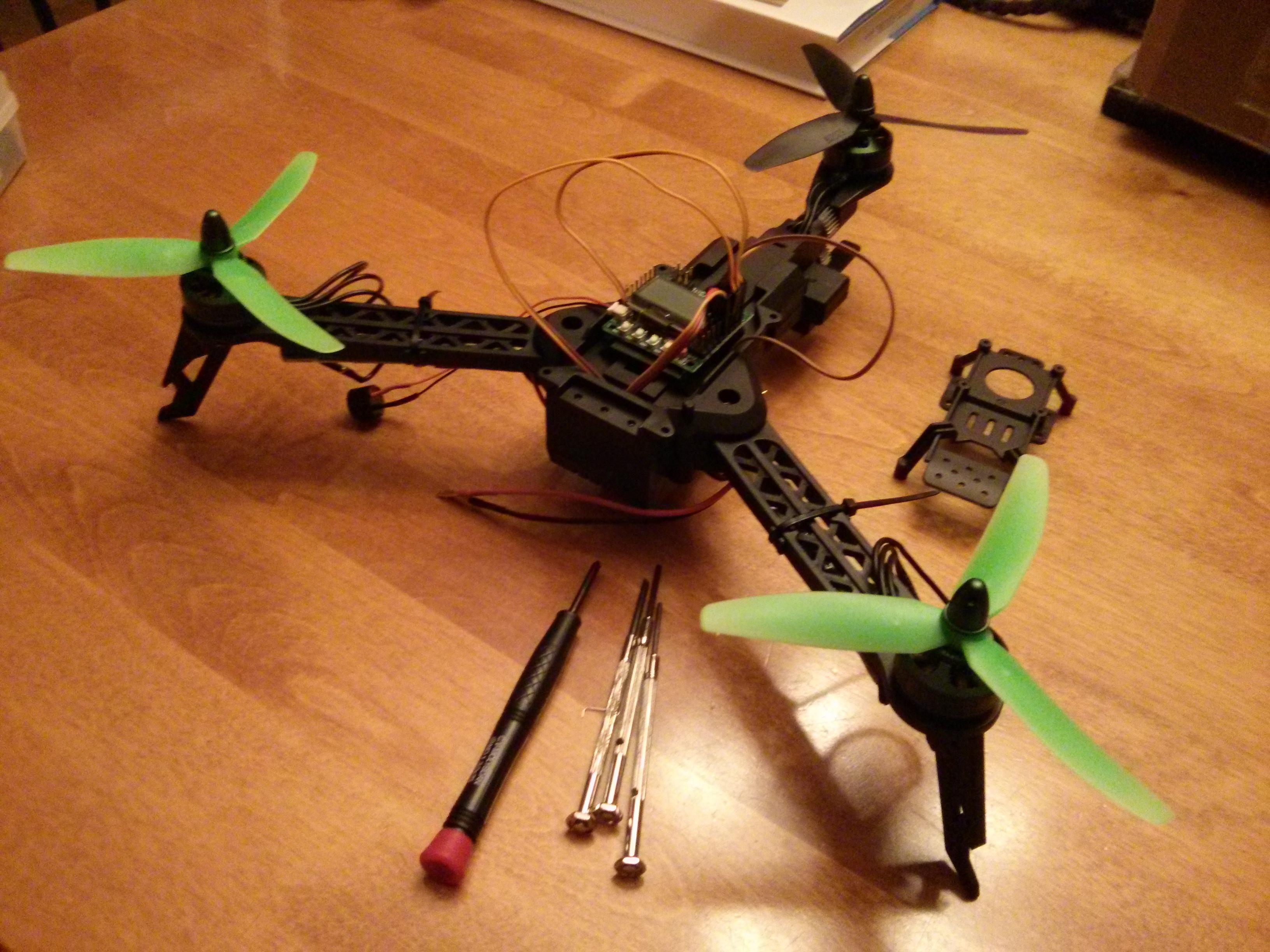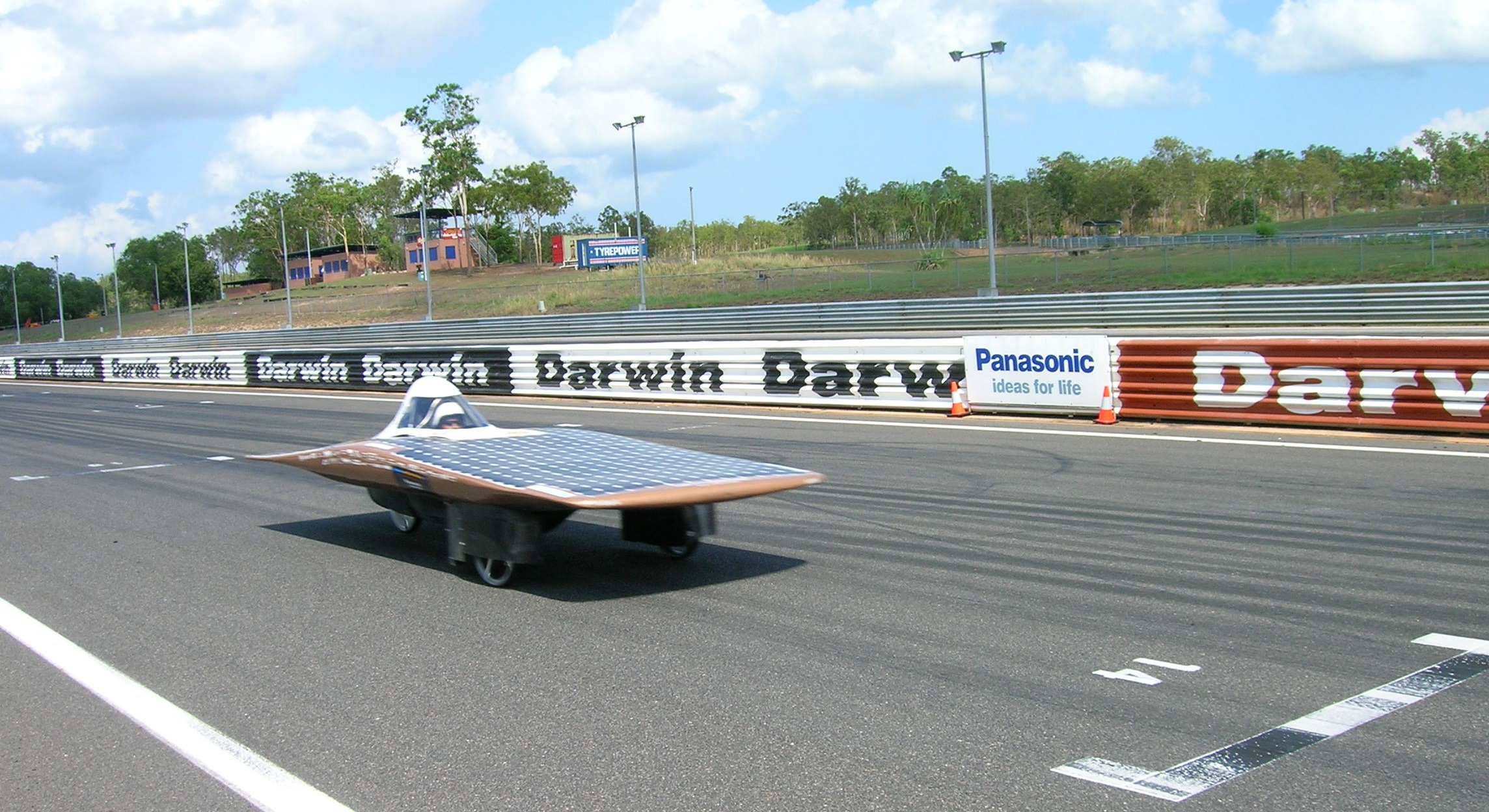
About Me
My name is Jonathan Mash and I was born and raised in Ontario, Canada. I am currently working for Amazon Project Kuiper helping develop the technology to deliver internet connectivity to unserved and under-served people across the globe. Prior to Kuiper, I worked at Amazon Prime Air where I developed novel drone technologies to enable autonomous package delivery in 30 minutes or less.
In 2013, I completed an M.Sc. Electrical Engineering program at Queen’s University, Kingston, Ontario. I was part of the ePOWER laboratory under the supervision of Dr. Praveen Jain. I have several publications in the field of Wind Turbine Control. Prior to that, I completed a B.Sc. in Electrical Engineering also at Queen’s University.
